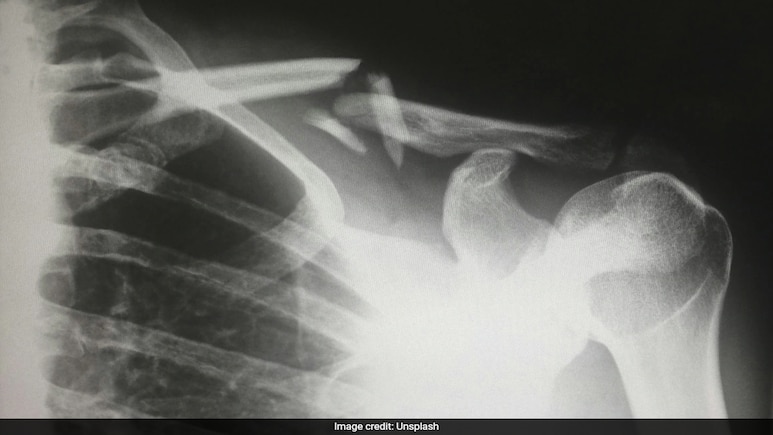
Researchers at Sungkyunkwan University in South Korea have made a groundbreaking discovery in bone repair technology. They have modified a standard glue gun to 3D print a bone-like material directly onto fractures, in order to use it in the operating rooms.
Led by biomedical engineer Jung Seung Lee, the team has developed a 3D printing device that uses a modified glue gun to print bone-like material directly onto fractures.
So far, this device has been tested on rabbits. The researchers say that this innovative approach could revolutionise orthopaedic surgery by providing a more efficient and effective way to treat complex bone fractures.
Also Read | Indian-American Techie Weighs In On Impact Of Artificial Intelligence On Software Development
"Our proposed technology offers a distinct approach by developing an in situ printing system that enables a real-time fabrication and application of a scaffold directly at the surgical site," study author and biomedical engineer Jung Seung Lee of Sungkyunkwan University, South Korea, said in a statement.
"This allows for highly accurate anatomical matching even in irregular or complex defects without the need for preoperative preparation such as imaging, modelling and trimming processes."
Also Read | 23-Year-Old British Student Gets Life Sentence In Dubai For A "Stupid Mistake"
In the study, the researchers wrote that the bone implants were composed of polycaprolactone (PCL) and hydroxyapatite (HA). They further said the low-melting-point extrusion method allowed direct printing and shaping of the construct on defects without tissue damage.
The researchers optimised the mechanical and biological properties of the scaffolds for structural stability, long-term performance, and osteoconductivity by adjusting HA content and the molecular weight of PCL.
They said that the antibiotics can reduce the risk of infection.
"The in situ printing platform was assessed in a critical-sized bone-defect animal model and demonstrated therapeutic potential with robust new bone formation," the researchers wrote.
Track Latest News Live on NDTV.com and get news updates from India and around the world

